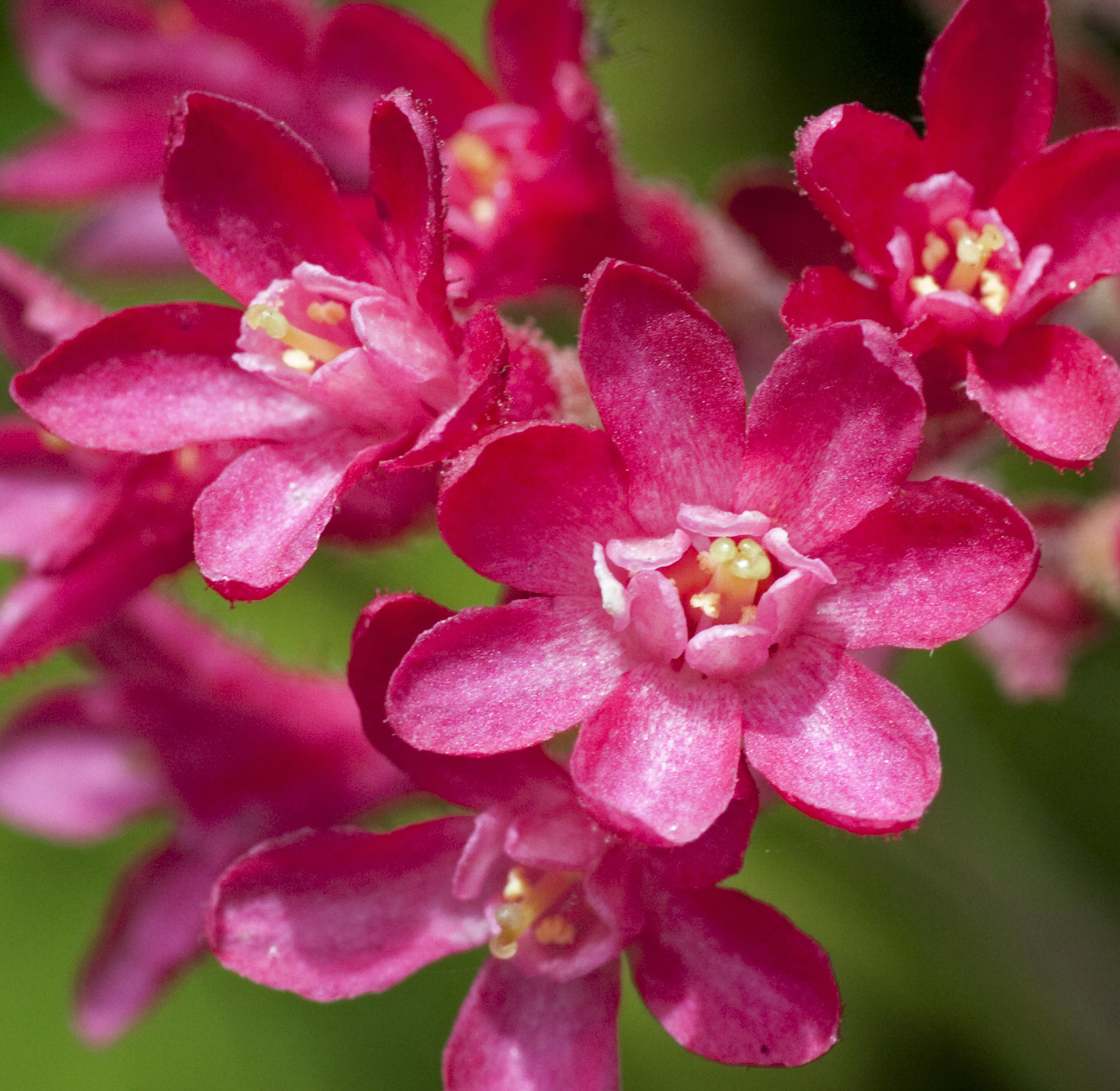As an avid gardener in Clark County, Washington, you are likely always on the lookout for new plants to create a stunning spring garden that not only looks great but also meshes with the local environment. Look no further! In this article, we’ll share the top 10 native plants you can include in your spring garden to create a magnificent oasis that’s as sustainable as it is beautiful. So, let’s dive in and explore these wonderful plants!
Why Choose Native Plants for Your Spring Garden
Native plants are flora that have evolved naturally in a specific region, meaning they have adapted to that specific climate, soil, and environment. In our case, we’ll be discussing plants native to Clark County, Washington. There are several advantages to planting native flora in your garden, and we’ll explore some of these benefits below.
Benefits of Native Plants
First and foremost, native plants are well-suited to their environment, meaning they require less water and care compared to non-native plants, often proving to be hardier and more drought-resistant. The result is a garden that’s more self-sufficient and requires less maintenance overall. Plus, they often provide a habitat for native pollinators, birds, and other wildlife, everyone benefits!
Native plants also have unique adaptations that make them more resistant to pests and diseases. For example, some native plants have developed thorns or other physical defenses to deter animals from eating them. Others have developed chemical defenses that make them unpalatable to pests. This means that native plants typically require fewer (if any) chemical interventions to remain healthy. By planting native plants, you can maintain a healthier, more eco-friendly garden that’s a haven for you, your plants, and local wildlife.
Supporting Local Ecosystems
Embracing native plants is an excellent way to help maintain and support the local ecosystems. These plants not only provide food and shelter for wildlife but also act as building blocks for healthy ecosystems. They absorb rainwater, control erosion, filter pollution, convert carbon dioxide to oxygen, and help to preserve the overall biodiversity of the region. By planting native flora, you’ll be doing your part to keep our local environment balanced and thriving.
Native plants also have cultural significance for many indigenous communities. By planting native plants in your garden, you can help preserve and celebrate the cultural heritage of the region.
Low-Maintenance Gardening
As we mentioned earlier, native plants require less maintenance than their non-native counterparts. They are more likely to survive and thrive with limited intervention, making them a fitting choice for busy gardeners or those who simply want to spend more time enjoying their garden’s beauty rather than meticulously toiling away to maintain it.
In addition, native plants are often more adaptable to changing weather patterns. As climate change continues to impact our planet, native plants may be more resilient to extreme weather conditions such as drought, flooding, or heat waves. By planting native plants, you can help ensure that your garden will continue to thrive even as the climate changes.
Overall, there are many compelling reasons to choose native plants for your spring garden. From their low-maintenance requirements to their environmental benefits, native plants are an excellent choice for any gardener looking to create a beautiful, sustainable, and eco-friendly garden.
Top 10 Native Plants for Your Clark County Spring Garden
Without further ado, let’s explore the top 10 native plants to include in your Clark County, Washington spring garden. Your yard will soon be alive with color, texture, and the buzz of local wildlife.
1. Western Trillium (Trillium ovatum)
A woodland gem, Western Trillium’s lovely, three-petaled white flowers stand out in the dappled light of the forest floor. As the flower ages, it turns a soft pinkish-purple hue, bringing a sweet, ephemeral beauty to your spring garden.
2. Red Flowering Currant (Ribes sanguineum)

With its vibrant red, drooping clusters of flowers, Red Flowering Currant is a showstopper. The flowers attract hummingbirds and butterflies, making it a crowd-pleaser both for human visitors and local pollinators.
3. Oregon Grape (Mahonia aquifolium)

This evergreen shrub has glossy, holly-like leaves and bright, golden-yellow flowers that burst into bloom in early spring. Oregon Grape also produces clusters of dark blue berries in the summer, which are a favorite among birds.
4. Pacific Dogwood (Cornus nuttallii)

Delicate, star-like white blossoms adorn the Pacific Dogwood in the spring, creating a striking focal point in any garden. The leaves turn deep red in the fall, adding yet another season of interest to this lovely tree.
5. Western Columbine (Aquilegia formosa)

Graceful, nodding red and yellow flowers define the Western Columbine. This perennial is popular among hummingbirds and other pollinators, and it makes for an enchanting addition to woodland-style gardens.
6. Nootka Rose (Rosa nutkana)
Featuring large, fragrant pink flowers, Nootka Rose provides an ideal habitat and food source for birds and butterflies in your garden. This lovely and resilient native rose requires minimal care and can add a touch of romantic charm to your landscape.
7. Camas Lily (Camassia quamash)
The Camas Lily brings vivid blue hues to the spring garden. This bulb-forming perennial blooms in early spring, producing eye-catching star-shaped flowers that attract numerous pollinators.
8. Western Sword Fern (Polystichum munitum)

A classic, versatile fern, the Western Sword Fern is perfect for filling in shady spots with lush, green foliage. This evergreen fern is exceptionally low-maintenance and continues to provide beauty and structure to your garden all year long.
9. Salal (Gaultheria shallon)
This evergreen shrub produces bell-shaped white or pinkish flowers followed by dark purple berries. Salal’s glossy, leathery leaves make for excellent groundcover, and the berries are beloved by birds and humans alike (just be sure to leave a few for the birds!).
10. Evergreen Huckleberry (Vaccinium ovatum)

Bursting with small, bell-shaped flowers and glossy leaves, Evergreen Huckleberry adds understated elegance to your garden. The berries produced in late summer to early fall are delicious and nutritious, attracting both birds and humans.
Tips for Planting and Caring for Your Native Plants
Now that you have a list of fantastic native plants to include in your Clark County spring garden, let’s explore some tips for planting and caring for these beauties.
Soil Preparation
Before planting, it’s important to ensure your soil is well-prepared. Native plants can often adapt to a wide variety of soil types, but it’s still wise to check the specific requirements for each plant. In general, improve your soil by mixing in compost or other organic matter to provide nutrients and improve drainage.
Planting Techniques
When planting, dig a hole larger than the root ball of your plant, and gently loosen the roots before placing the plant into the hole. Fill in the hole with soil, ensuring the plant is sitting at ground level, not too deep, not too shallow. Water thoroughly after planting to help the soil settle and allow the roots to establish.
Watering and Fertilizing
Native plants often require less water than non-native plants, but they still need adequate moisture, especially during the establishment period (usually the first year). After that, they will typically require less frequent watering. Be cautious with fertilizers, as too much can harm native plants. Opt for slow-release fertilizers, and apply sparingly according to the specific plant’s needs.
Pruning and Maintenance
Many native plants require minimal pruning, but it can be useful for shaping plants, encouraging growth, or removing dead or diseased branches. Generally, prune during the plant’s dormant season or after flowering to avoid disrupting their growth cycle.
So there you have it, a delightful collection of native plants and helpful tips for creating your dream spring garden. With these hardy, beautiful, and eco-friendly options, you’ll be well on your way to creating a thriving oasis that supports local ecosystems and provides a stunning, low-maintenance retreat for both you and the local fauna. Happy gardening!

